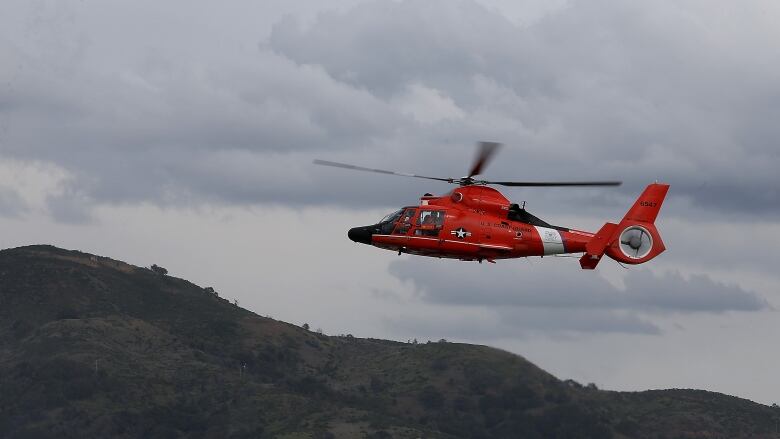New camera technology improves Alaska search and rescue missions
The camera-and-mapping system allows helicopters to cover more ground faster

New technology is reducing Alaska search and rescue operations from days to minutes.
The Alaska Department of Public Safety's aerial search teams are using a new, $600,000 camera-and-mapping system with an infrared camera that picks up heat signatures from people in distress, the Anchorage Daily News reported Wednesday.
Both Alaska State Police A-STAR helicopters were upgraded to the new technology in mid-January.
"It's a game changer for the Alaska Department of Public Safety," said Lt. Eric Olsen of the Alaska Wildlife Troopers.
Olsen said rescuers have already found four people using the upgraded technology. The two missing snowmobilers and two overdue skiers were all unharmed when they were located.
The heat cameras combine with "augmented reality" mapping that overlays navigation information onto images.
New high-zoom camera technology also allows the helicopters to fly at higher altitudes and quickly cover more territory.
Tactical Flight Officer Zac Johnson said that pilots had to fly at low altitudes to survey the ground in the past, which drastically narrows their field of view and extends searches much longer. Nowrescuers can search an area of about 26 to 52 square kilometres in less than two hours, he said.
"With this, sometimes we can find them within minutes of coming into the area," Johnson said.
The two-person teams include a pilot and tactical flight officer who monitors the camera and navigation system.
Currently, Johnson is the only flight officer, but another is scheduled to join the program later this month.












_(720p).jpg)


 OFFICIAL HD MUSIC VIDEO.jpg)
.jpg)



























































































